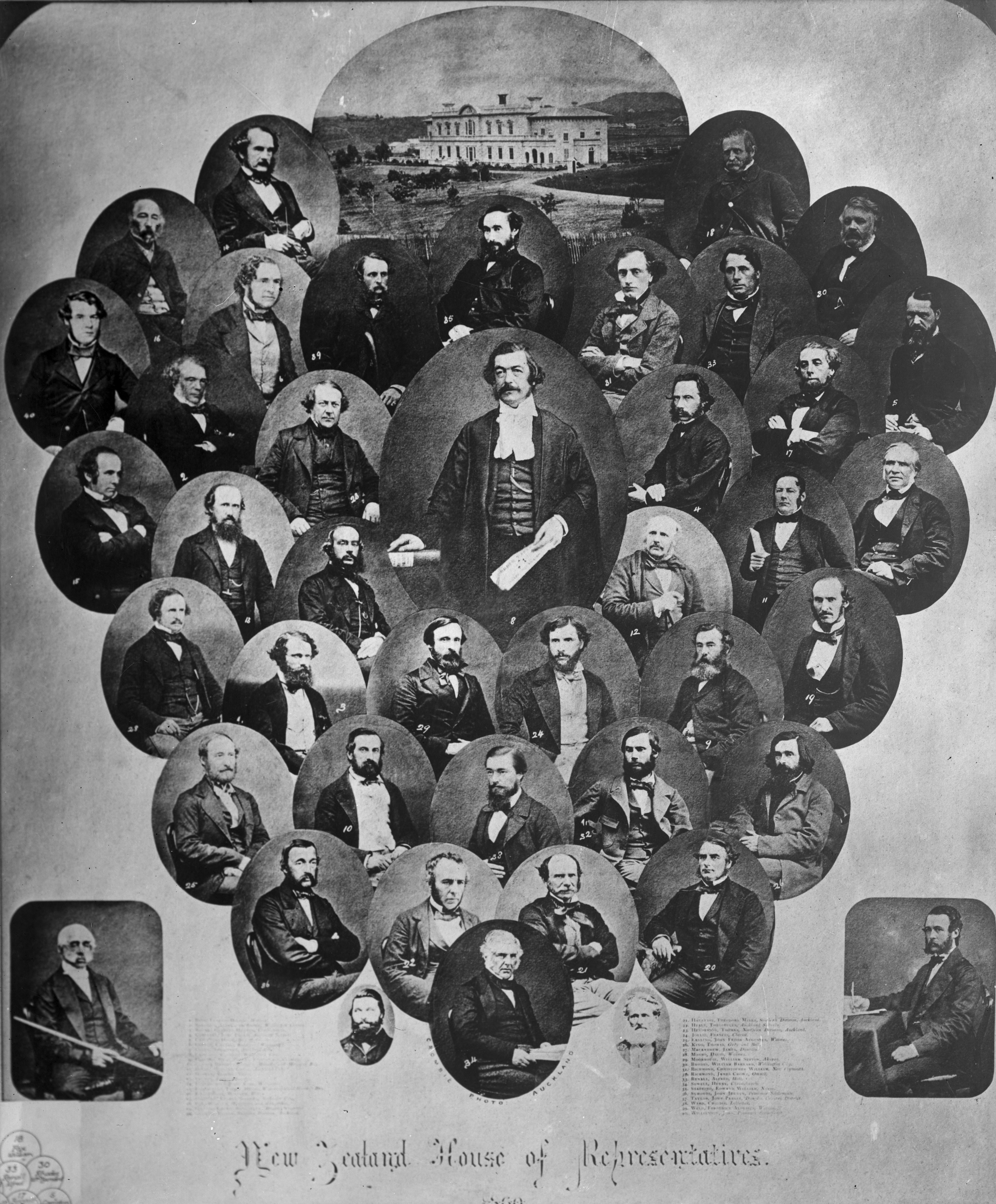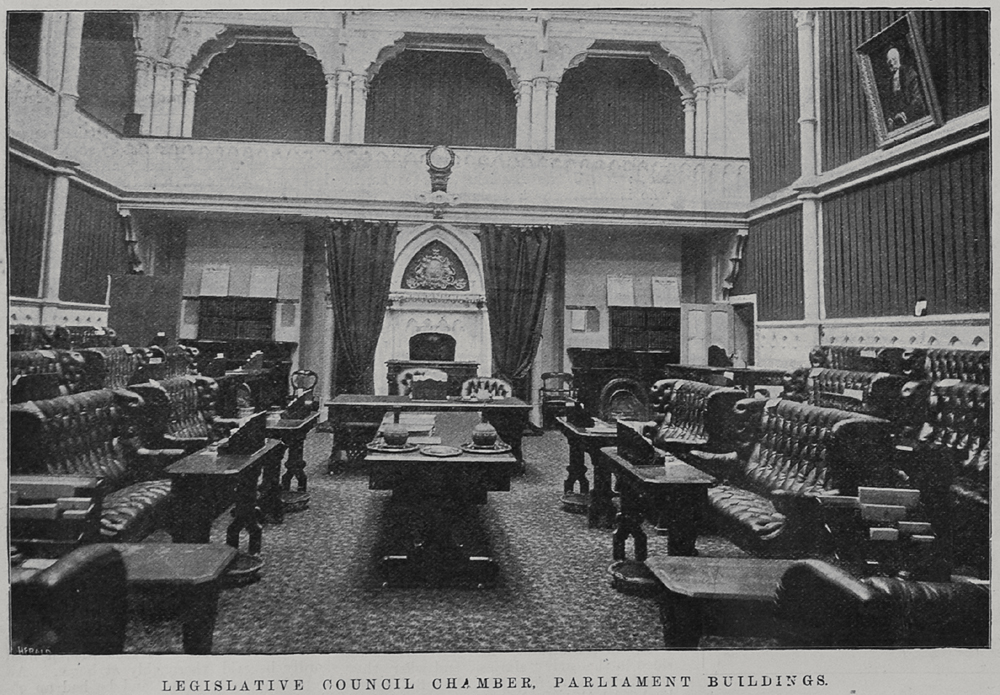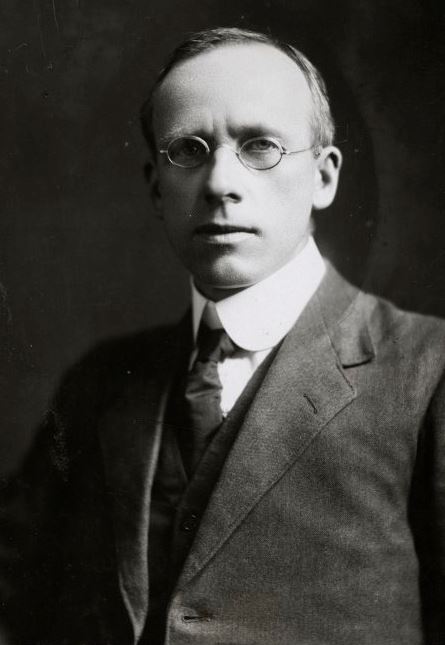|
Dominion Of New Zealand
The Dominion of New Zealand was the historical successor to the Colony of New Zealand. It was a constitutional monarchy with a high level of self-government within the British Empire. New Zealand became a separate British Crown colony in 1841 and received responsible government with the Constitution Act in 1852. New Zealand chose not to take part in the Federation of Australia and became the Dominion of New Zealand on 26 September 1907, Dominion Day, by proclamation of King Edward VII. Dominion status was a public mark of the political independence that had evolved over half a century through responsible government. Just under one million people lived in New Zealand in 1907 and cities such as Auckland and Wellington were growing rapidly. The Dominion of New Zealand allowed the British Government to shape its foreign policy, and it followed Britain into the First World War. The 1923 and 1926 Imperial Conferences decided that New Zealand should be allowed to negotiate it ... [...More Info...] [...Related Items...] OR: [Wikipedia] [Google] [Baidu] |
British Empire
The British Empire was composed of the dominions, colonies, protectorates, mandates, and other territories ruled or administered by the United Kingdom and its predecessor states. It began with the overseas possessions and trading posts established by England between the late 16th and early 18th centuries. At its height it was the largest empire in history and, for over a century, was the foremost global power. By 1913, the British Empire held sway over 412 million people, of the world population at the time, and by 1920, it covered , of the Earth's total land area. As a result, its constitutional, legal, linguistic, and cultural legacy is widespread. At the peak of its power, it was described as " the empire on which the sun never sets", as the Sun was always shining on at least one of its territories. During the Age of Discovery in the 15th and 16th centuries, Portugal and Spain pioneered European exploration of the globe, and in the process established larg ... [...More Info...] [...Related Items...] OR: [Wikipedia] [Google] [Baidu] |
William Plunket, 5th Baron Plunket
William Lee Plunket, 5th Baron Plunket (19 December 1864 – 24 January 1920) was a British diplomat and administrator. He was Governor of New Zealand from 1904 to 1910. Early life Born in Dublin, he was educated at Harrow and Trinity College Dublin. His parents were William, 4th Lord Plunket, the archbishop of Dublin in 1884–97, and his wife Anne, the daughter of Sir Benjamin Guinness. He entered the Diplomatic Service and was sent to Rome in 1889 as an attaché to the British Embassy there. In 1892, he was appointed in the same position to the embassy in Constantinople, and finally retired two years later. Career Having succeeded his father as fifth Baron Plunket in 1897, Plunket three years later became private secretary to Lord Cadogan, Lord Lieutenant of Ireland at the time, and fulfilled the same role for his successor Lord Dudley, when he was appointed to the position in August 1902. He was appointed CVO and KCVO in 1900 and 1903 respectively, and in 1904 he ... [...More Info...] [...Related Items...] OR: [Wikipedia] [Google] [Baidu] |
Federation Of Australia
The Federation of Australia was the process by which the six separate British self-governing colonies of Queensland, New South Wales, Victoria, Tasmania, South Australia (which also governed what is now the Northern Territory), and Western Australia agreed to unite and form the Commonwealth of Australia, establishing a system of federalism in Australia. The colonies of Fiji and New Zealand were originally part of this process, but they decided not to join the federation. Following federation, the six colonies that united to form the Commonwealth of Australia as states kept the systems of government (and the bicameral legislatures) that they had developed as separate colonies, but they also agreed to have a federal government that was responsible for matters concerning the whole nation. When the Constitution of Australia came into force, on 1 January 1901, the colonies collectively became states of the Commonwealth of Australia. The efforts to bring about federation in the ... [...More Info...] [...Related Items...] OR: [Wikipedia] [Google] [Baidu] |
New Zealand Constitution Act 1852
The New Zealand Constitution Act 1852 (15 & 16 Vict. c. 72) was an Act of the Parliament of the United Kingdom that granted self-government to the Colony of New Zealand. It was the second such Act, the previous 1846 Act not having been fully implemented. The Act remained in force as part of New Zealand's constitution until it was repealed by the Constitution Act 1986. The long title of the Act was "An Act to Grant a Representative Constitution to the Colony of New Zealand". The Act received the Royal Assent on 30 June 1852. Background The New Zealand Company, which was established in 1839, proposed that New Zealand should have representative institutions, and this was consistent with the findings of the Durham Report, which was commissioned during 1838 following minor rebellions in Upper and Lower Canada. The first settlement of the company, Wellington, briefly had its own elected council during 1840, which dissolved itself on the instruction of Lieutenant Governor Wil ... [...More Info...] [...Related Items...] OR: [Wikipedia] [Google] [Baidu] |
Responsible Government
Responsible government is a conception of a system of government that embodies the principle of parliamentary accountability, the foundation of the Westminster system of parliamentary democracy. Governments (the equivalent of the executive branch) in Westminster democracies are responsible to parliament rather than to the monarch, or, in a colonial context, to the imperial government, and in a republican context, to the president, either in full or in part. If the parliament is bicameral, then the government is responsible first to the parliament's lower house, which is more representative than the upper house, as it usually has more members and they are always directly elected. Responsible government of parliamentary accountability manifests itself in several ways. Ministers account to Parliament for their decisions and for the performance of their departments. This requirement to make announcements and to answer questions in Parliament means that ministers must have the ... [...More Info...] [...Related Items...] OR: [Wikipedia] [Google] [Baidu] |
Crown Colony
A Crown colony or royal colony was a colony administered by The Crown within the British Empire. There was usually a Governor, appointed by the British monarch on the advice of the UK Government, with or without the assistance of a local Council. In some cases, this Council was split into two: an Executive Council and a Legislative Council, and was similar to the Privy Council that advises the Monarch. Members of Executive Councils were appointed by the Governors, and British citizens resident in Crown colonies either had no representation in local government, or limited representation. In several Crown colonies, this limited representation grew over time. As the House of Commons of the British Parliament has never included seats for any of the colonies, there was no direct representation in the sovereign government for British subjects or citizens residing in Crown colonies. The administration of Crown colonies changed over time and in the 1800s some became, with a loosening ... [...More Info...] [...Related Items...] OR: [Wikipedia] [Google] [Baidu] |
Colony Of New Zealand
The Colony of New Zealand was a Crown colony of the United Kingdom of Great Britain and Ireland that encompassed the islands of New Zealand from 1841 to 1907. The power of the British government was vested in the Governor of New Zealand, as the representative of their monarch. The colony had three capitals: Old Russell in 1841; Auckland from 1841 to 1865; and Wellington, which was the capital until the colony's reorganisation into a Dominion, and continues to be the capital of New Zealand till the present day. In 1852, the colony was granted self-government with the passage of the New Zealand Constitution Act 1852. Subsequently, the first parliament was elected in 1853, and responsible government was established in 1856. In 1907, the colony became the Dominion of New Zealand, which heralded a more explicit recognition of self-government within the British Empire. History Establishment Following a proclamation of sovereignty over New Zealand from Sydney in January ... [...More Info...] [...Related Items...] OR: [Wikipedia] [Google] [Baidu] |
New Zealand House Of Representatives
The House of Representatives is the sole chamber of the New Zealand Parliament. The House passes laws, provides ministers to form Cabinet, and supervises the work of government. It is also responsible for adopting the state's budgets and approving the state's accounts. The House of Representatives is a democratic body consisting of representatives known as members of parliament (MPs). There are normally 120 MPs, though this number can be higher if there is an overhang. Elections take place usually every three years using a mixed-member proportional representation system which combines first-past-the-post elected seats with closed party lists. 72 MPs are elected directly in single-member electoral districts and further seats are filled by list MPs based on each party's share of the party vote. A government may be formed from the party or coalition that has the support of a majority of MPs. If no majority is possible, a minority government can be formed with a confide ... [...More Info...] [...Related Items...] OR: [Wikipedia] [Google] [Baidu] |
New Zealand Legislative Council
The New Zealand Legislative Council was the upper house of the General Assembly of New Zealand between 1853 and 1951. An earlier arrangement of legislative councils for the colony and provinces existed from 1841 when New Zealand became a colony; it was reconstituted as the upper house of a bicameral legislature when New Zealand became self-governing in 1852, which came into effect in the following year. Unlike the elected lower house, the House of Representatives, the Legislative Council was wholly appointed by the governor-general. The New Zealand Constitution Act 1852 had authorised the appointment of a minimum of ten councillors. Beginning in the 1890s, the membership of the upper house became controlled by government of the day. As a result, the Legislative Council possessed little influence. While intended as a revising chamber, in practice, debates and votes typically simply replicated those in the lower house. It was abolished by an Act of Parliament in 1950, with i ... [...More Info...] [...Related Items...] OR: [Wikipedia] [Google] [Baidu] |
New Zealand Parliament
The New Zealand Parliament ( mi, Pāremata Aotearoa) is the unicameral legislature of New Zealand, consisting of the King of New Zealand (King-in-Parliament) and the New Zealand House of Representatives. The King is usually represented by his governor-general. Before 1951, there was an upper chamber, the New Zealand Legislative Council. The New Zealand Parliament was established in 1854 and is one of the oldest continuously functioning legislatures in the world. It has met in Wellington, the capital of New Zealand, since 1865. The House of Representatives normally consists of 120 members of Parliament (MPs), though sometimes more due to overhang seats. There are 72 MPs elected directly in electorates while the remainder of seats are assigned to list MPs based on each party's share of the total party vote. Māori were represented in Parliament from 1867, and in 1893 women gained the vote. Although elections can be called early, each three years Parliament is dissolved and ... [...More Info...] [...Related Items...] OR: [Wikipedia] [Google] [Baidu] |
Peter Fraser
Peter Fraser (; 28 August 1884 – 12 December 1950) was a New Zealand politician who served as the 24th prime minister of New Zealand from 27 March 1940 until 13 December 1949. Considered a major figure in the history of the New Zealand Labour Party, he was in office longer than any other Labour prime minister, and is to date New Zealand's fourth- longest-serving head of government. Born and raised in the Scottish Highlands, Fraser left education early in order to support his family. While working in London in 1908, Fraser joined the Independent Labour Party, but unemployment led him to emigrate to New Zealand in 1910. On arrival in Auckland, he gained employment as a wharfie and became involved in union politics upon joining the New Zealand Socialist Party. In 1916, Fraser was involved in the foundation of the unified Labour Party. He spent one year in jail for sedition after speaking out against conscription during the First World War. In 1918, Fraser won a Wellington ... [...More Info...] [...Related Items...] OR: [Wikipedia] [Google] [Baidu] |







